7 Tips to Know Before Buying Different Types of Bamboo House Plants
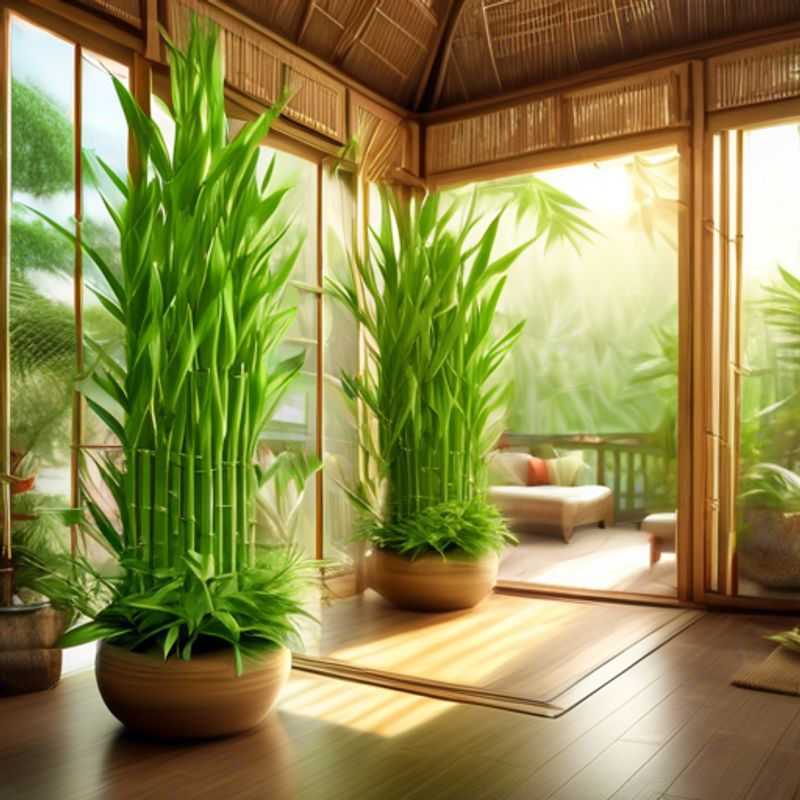
7 Tips for Choosing the Perfect Bamboo House Plant: A Guide for Beginners
Bamboo plants are a beautiful and versatile addition to any home or garden. Their graceful stalks and lush foliage can bring a touch of the tropics to your space. But before you rush out to buy a bamboo plant, there are a few important things to know. Here are seven tips to help you choose the right bamboo plant for your needs:
1. Understand the different types of bamboo plants. There are two main types of bamboo: clumping and running. Clumping bamboo stays in a defined area, while running bamboo can spread aggressively. Choosing the right type is crucial for avoiding unwanted growth.
2. Research the mature size and growth rate of the bamboo plant. Consider the space you have available and whether you want a small, medium, or large plant. Some bamboo varieties can grow very tall and wide, so it's important to plan accordingly.
3. Consider the climate and environmental conditions in your area. Different bamboo species have different tolerances for cold, heat, and humidity. Choose a bamboo that is well-suited to your local climate.
4. Learn about the care requirements. Bamboo plants generally require regular watering, fertilizing, and pruning. Research the specific needs of your chosen bamboo variety to ensure you can provide the proper care.
5. Determine if the bamboo plant is suitable for indoor or outdoor use. Some bamboo varieties are better suited for indoor environments, while others thrive outdoors. Consider your living space and choose a bamboo that is appropriate for your needs.
6. Investigate the potential invasiveness of the bamboo variety. Running bamboo can be invasive and spread quickly. If you are concerned about this, choose a clumping bamboo variety or take precautions to contain the plant's growth.
7. Explore the aesthetic qualities and design possibilities of the bamboo plant. Bamboo comes in a variety of shapes, sizes, and colors. Consider the aesthetic you are trying to achieve and choose a bamboo that complements your design style.
By carefully considering these factors, you can choose a bamboo plant that will thrive in your space and bring you years of enjoyment.
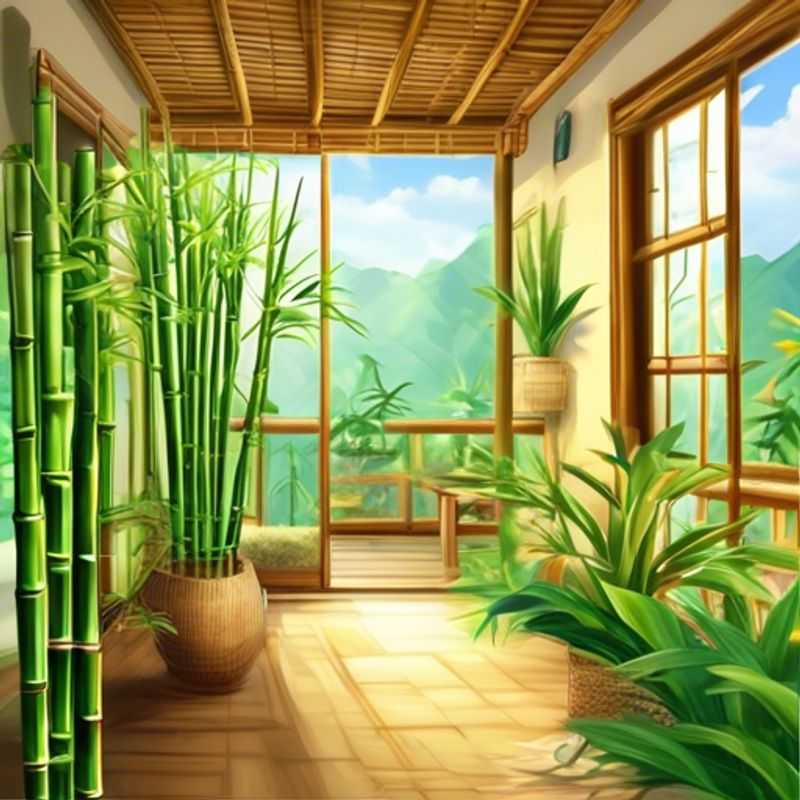
Bamboo 101: Clumping vs. Running - Choosing the Right Variety for Your Garden
Bamboo, a fast-growing grass, comes in two main types: clumping and running. Knowing the difference is crucial for choosing the right bamboo for your garden.
Clumping bamboo, also known as "non-invasive," grows in dense, compact clumps. They are ideal for smaller gardens or as privacy screens. Popular varieties include Phyllostachys bissetii (Golden Bamboo) and Fargesia murielae (Blue Bamboo).
Running bamboo, on the other hand, spreads aggressively through underground rhizomes. They can be invasive, requiring careful management and planting in areas where their spread is not an issue. Examples include Phyllostachys aureosulcata (Yellow Groove Bamboo) and Phyllostachys nigra (Black Bamboo).
Important Tip: When choosing bamboo for your garden, consider its mature size and growth habits. Research and select the type that best fits your space and desired aesthetic. If you are unsure about the specific type, consult with a local nursery or a bamboo specialist.
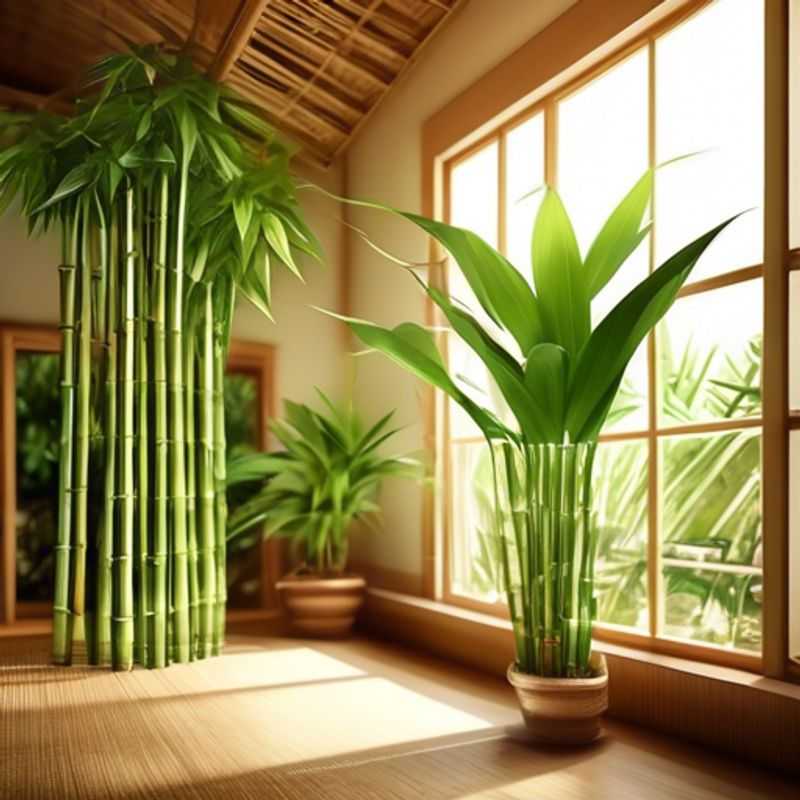
Planning Your Bamboo Oasis: Researching Size and Growth Rate
Bamboo, a fast-growing grass, can quickly add beauty and privacy to your landscape, but before you plant it, research its mature size and growth rate. Different bamboo varieties have different growth habits. Knowing the mature size and growth rate will ensure your bamboo stays within your desired boundaries.
For example, some bamboo varieties can grow up to 60 feet tall and spread rapidly, while others remain smaller and clumped. You’ll find information about the mature size and growth rate of different varieties online or at your local nursery. Consider the mature size and space requirements of the bamboo when planning your planting location.
You may need to research the appropriate space for your bamboo, considering its mature size and growth rate. Consider the size of your garden, the proximity of buildings, and the presence of any underground utilities. Bamboo may also require periodic pruning or thinning to maintain its desired shape and size. Consider researching the specific requirements for your chosen variety.
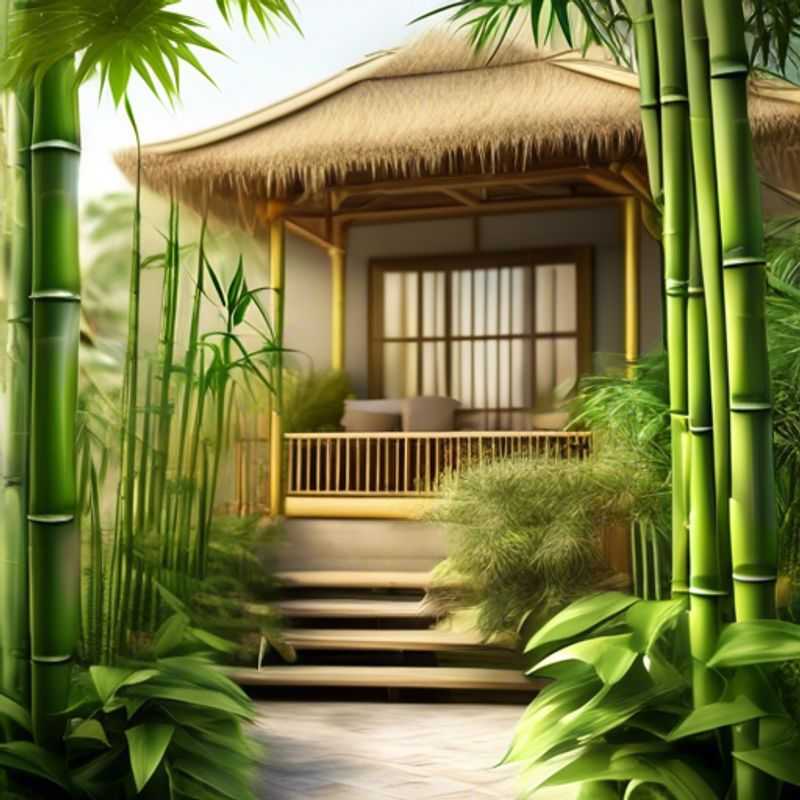
Choosing the Right Bamboo: Climate and Environment Matter
Bamboo is a versatile and sustainable material that can be used for a variety of purposes, from building construction to furniture making. However, not all bamboo species are created equal. The success of your bamboo project depends heavily on selecting the right species for your climate and environmental conditions. Here’s what you need to consider:
Climate: Different bamboo species have different temperature and rainfall tolerances. Some species thrive in hot, humid climates while others prefer cooler, drier conditions. Choose a species that can tolerate the average temperatures and rainfall in your area.
Soil: Bamboo requires well-drained soil that is rich in organic matter. It’s crucial to ensure the soil doesn’t become waterlogged. You might need to amend the soil with compost or other organic materials to improve drainage and fertility.
Sunlight: Most bamboo species need at least 6 hours of direct sunlight per day. However, some species can tolerate partial shade. Make sure you choose a species that can thrive in the amount of sunlight available in your yard.
Hardiness: Bamboo species have different hardiness zones. Choose a species that can withstand the minimum winter temperatures in your area. This is crucial for ensuring the bamboo survives harsh winters.
Growth Rate: Bamboo species grow at different rates. Some species can grow up to 3 feet per day, while others grow more slowly. Consider your time frame and desired size when choosing a species. It’s wise to do your research and understand how fast the species will grow.
Space Requirements: Bamboo can grow very large and invasive if not managed properly. Consider the amount of space you have available, and choose a species that will fit comfortably in your yard. Remember to factor in their eventual size.
Pest and Disease Resistance: Some bamboo species are more resistant to pests and diseases than others. This is important to consider when choosing a species, especially if you want to avoid spending time and money on pest control and disease management.
Availability: Not all bamboo species are available in all areas. You may need to contact a local nursery or bamboo specialist to find out which species are available in your region. Always check with your local experts before making a purchase.
By carefully considering these factors, you can choose the right bamboo species for your climate and environmental conditions, ensuring a healthy and thriving bamboo grove for years to come. For specific information on different species and their requirements, it’s always best to consult with a professional or do your research online. Remember, choosing the right bamboo species will lay the foundation for a successful and fulfilling experience.

Nurturing Your Green Companions: A Guide to Watering, Fertilizing, and Pruning
Taking care of your plants is like taking care of your friends. They need the right amount of water, food, and a little TLC to thrive. Let's break down the basics:
Watering: Give your plants a good soak when the top inch of soil feels dry. Don't overwater, as this can lead to root rot.
Fertilizing: Plants need food too! Use a balanced fertilizer every few weeks during the growing season. Check the product label for specific instructions.
Pruning: This helps your plants stay healthy and encourages new growth. Prune away any dead or damaged leaves and stems.
Important tip: It's best to research the specific needs of your plants. Different species have different requirements.
Remember, taking care of your plants is an ongoing process, but the rewards of seeing them grow and flourish are well worth the effort!
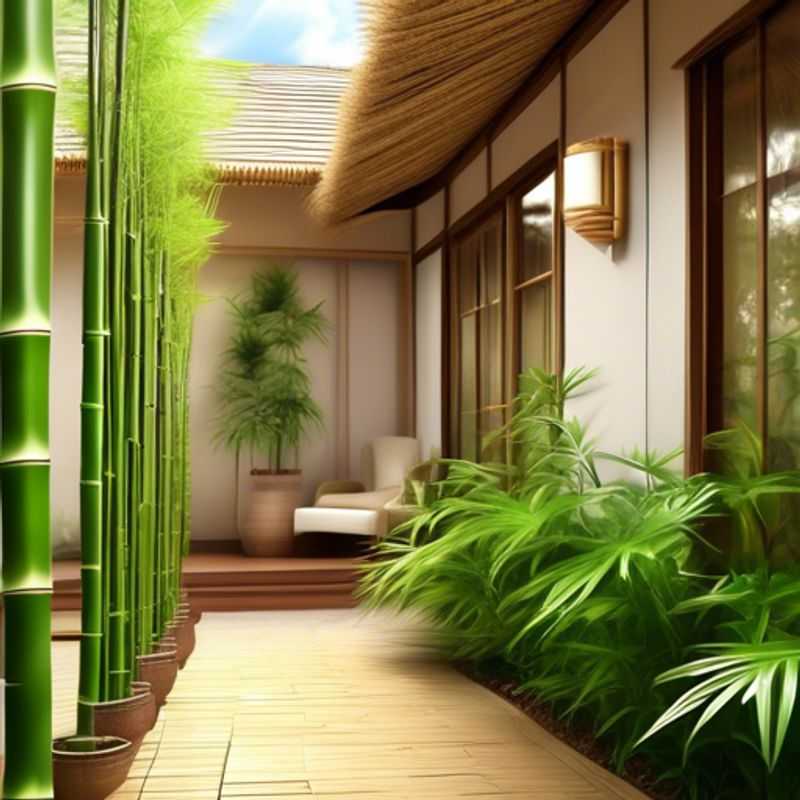
Bamboo for Indoor or Outdoor: Choosing the Right Species
Choosing the right environment for your bamboo plant is essential for its health and growth. Here's a quick guide to help you decide whether your bamboo is best suited for indoors or outdoors:
Indoor Bamboo:
Some bamboo species, particularly the popular “lucky bamboo” (Dracaena sanderiana), are well-suited for indoor environments. These varieties prefer bright, indirect light and consistent moisture. They thrive in well-draining potting mix and benefit from regular fertilization. Indoor bamboo may need occasional trimming to maintain its desired shape.
Outdoor Bamboo:
Most true bamboo species are hardy and thrive outdoors. They need ample sunlight and well-drained soil. It's important to choose a location that provides adequate space for the bamboo to grow, as some varieties can become quite large. Outdoor bamboo will require regular watering, especially during dry periods.
Key Considerations:
When deciding between indoor and outdoor cultivation, consider the following:
- Species: Different bamboo species have varying tolerances to light, temperature, and humidity. Research the specific requirements of your bamboo variety.
- Climate: Outdoor bamboo may thrive in warm climates but might need protection from frost in colder regions. Indoor bamboo offers more control over temperature and humidity.
- Space: Outdoor bamboo can grow quite large and may need a significant amount of space. Indoor bamboo is typically limited in size by its container.
If you have any doubts about your bamboo's suitability for a particular environment, consulting a local gardening expert or researching online resources can provide more specific guidance.
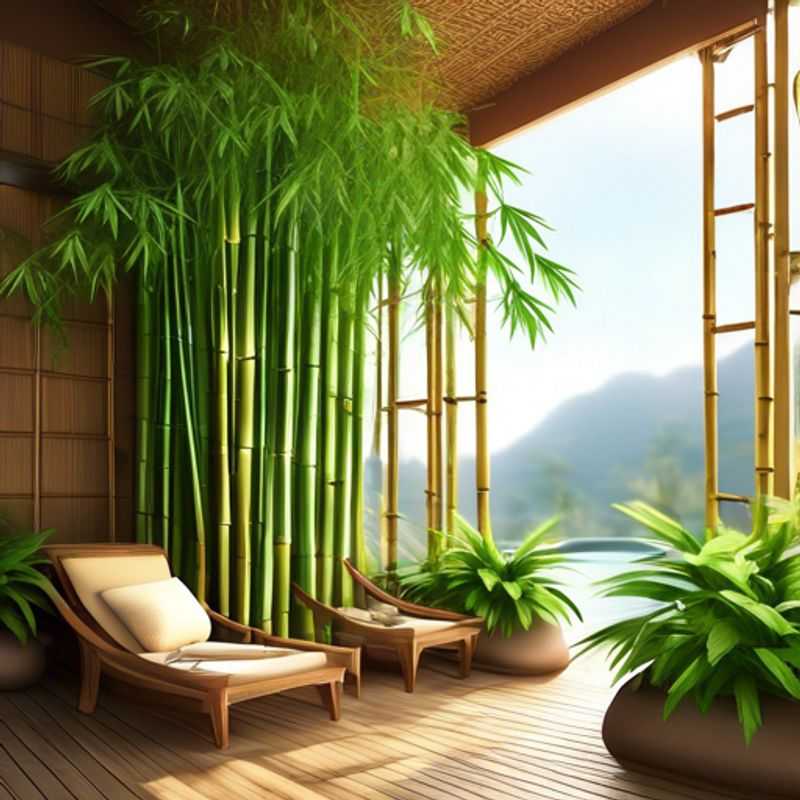
Bamboo Invasion: Investigating and Preventing Potential Problems
Bamboo can be a beautiful and versatile plant, but some varieties can be quite invasive. Before planting bamboo, it's crucial to investigate its potential invasiveness. Clumping bamboo varieties are generally considered less invasive, while running bamboo varieties spread rapidly through underground rhizomes.
Research the specific bamboo variety you are considering, looking for information on its growth habits and potential for invasiveness. Consider talking to local nurseries or gardening experts for advice tailored to your region.
Take precautions to prevent bamboo from spreading. You can do this by:
- Installing a physical barrier, such as a strong, deep trench or a barrier of concrete or metal. This prevents rhizomes from spreading.
- Regularly pruning any shoots that emerge outside the designated area. This helps control the spread of bamboo.
Remember, it's best to err on the side of caution and take preventative measures to avoid unintended consequences. Be informed and take necessary steps to enjoy the beauty of bamboo without facing problems.
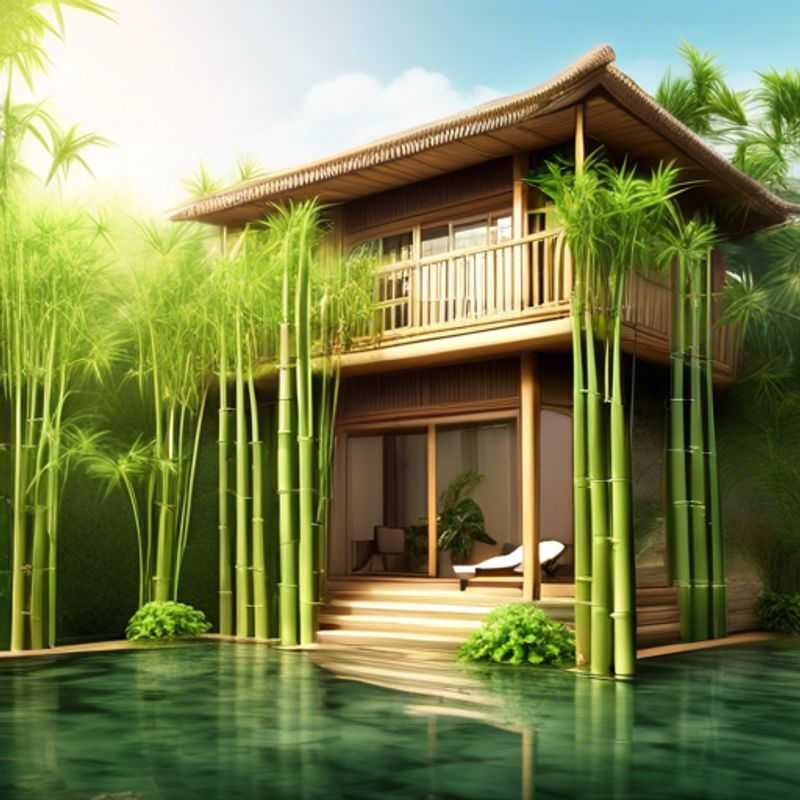
Bamboo's Beauty: Exploring the Aesthetic Qualities and Design Possibilities
Bamboo, a fast-growing and versatile plant, offers a unique blend of strength, flexibility, and aesthetic appeal. It's not just a building material; it's an inspiration for design, captivating with its natural beauty and sustainable qualities. Bamboo's versatility extends beyond its practical applications. Its distinctive nodes and grain patterns create intricate textures that add visual interest to any design.
Bamboo's inherent elegance can be showcased in various ways. It can be used in its natural form, woven into intricate patterns, or crafted into furniture, flooring, and even lighting fixtures. The natural warmth of bamboo complements a wide range of styles, from modern minimalism to rustic charm. Bamboo's unique qualities, such as its ability to absorb sound and regulate temperature, add another layer of functionality to interior design.
When considering bamboo's aesthetic qualities, it's crucial to understand the different bamboo species and their characteristics. Some species are known for their strength, while others are prized for their aesthetic beauty. For example, Phyllostachys aureosulcata is recognized for its vibrant yellow stripes, while Bambusa oldhamii is known for its sturdy culms. Understanding these variations allows you to select the most suitable species for your specific design goals.
Bamboo's environmental impact is a significant factor in its growing popularity. bamboo grows rapidly, making it a sustainable alternative to traditional wood products. Its cultivation also contributes to soil health and carbon sequestration. By incorporating bamboo into design, you can create spaces that are both visually appealing and environmentally responsible.
